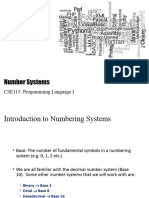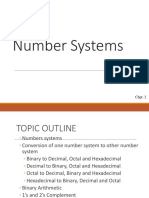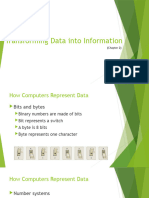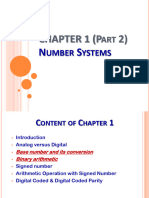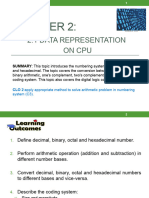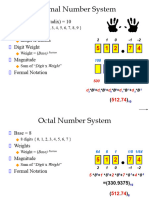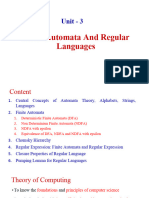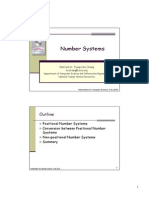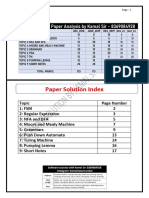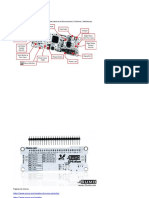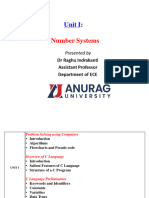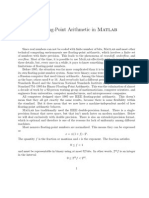0% found this document useful (0 votes)
34 views31 pagesLecture 8 Conversion Number System
Uploaded by
arsalan.softwaresCopyright
© © All Rights Reserved
We take content rights seriously. If you suspect this is your content, claim it here.
Available Formats
Download as PPTX, PDF, TXT or read online on Scribd
0% found this document useful (0 votes)
34 views31 pagesLecture 8 Conversion Number System
Uploaded by
arsalan.softwaresCopyright
© © All Rights Reserved
We take content rights seriously. If you suspect this is your content, claim it here.
Available Formats
Download as PPTX, PDF, TXT or read online on Scribd
/ 31



